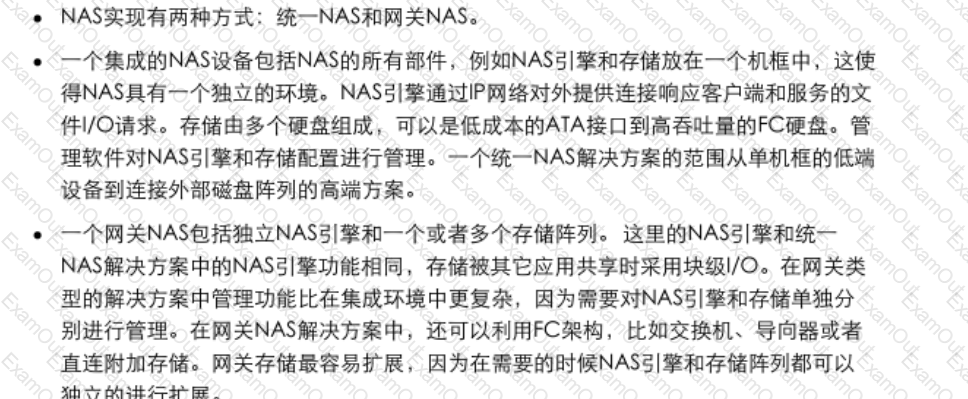In Huawei OceanStor storage devices, coffer disks are an optional configuration because the write cache has mirrors, and
There is a backup power supply for the controller.
Cisco, Huawei, Oracle, Microsoft, Red Hat, National Soft Test and other certification exam services QQ 89246365
Taobao transaction test payment http://certpass.taobao.com
Description 1: The data recovery of the snapshot depends on the source data. If the source data is physically damaged, it cannot be recovered. and
In this case, the clone can still restore the source data.
Description 2: After the source data is damaged, the LUN copy must completely copy the backup data to restore the source data. And clone only
Damaged data needs to be recovered, which greatly reduces the recovery time.
A, description 1 is correct, description 2 is correct
B. Description 1 is right, description 2 is wrong
C, description 1 is wrong, description 2 is right
D. Description 1 is wrong, description 2 is wrong
Regarding the advantages of DAS, the following description is correct: (multiple choice)
Which of the following operations does a small employee A of a bank need to do in the first maintenance project of data center storage?
Distributed object storage has a unified namespace, and supports online expansion.
Backup is concerned with data recoverability, and disaster recovery is concerned with business continuity.
What are the three data centers in the disaster recovery plan that 3DC refers to? (Multiple choices)
The SCSI protocol is the basic protocol for host and disk communication. It is operated by the SCSI controller, the controller is equivalent
For a small CPU, it has its own command set and cache.
The x86 architecture is a type of data center infrastructure.
According to the physical location of the NAS engine and storage device, the NAS is divided into: (multiple choices)
There are two descriptions about backups:
Description 1: You can use the data backed up on the tape for data recovery at any time, but you can only recover to the backup moment
Historical data, not the data at the time of failure.
Description 2: Using tape as the backup medium is the highest RTO backup method.
The cloud data center virtualizes storage, computing and network resources, and provides a virtualization platform for users to use.
The number of erasable times of the storage medium cell of the SSD disk is limited. Multiple erasing causes the wear of the SSD, which also makes the SSD
Has a limited period of use, which is related to the number of specific erasures.
A, yes
B, wrong
In Huawei RAID 2.0+, is the description about chunck and extent correct?
Which of the following three disaster recovery technologies are commonly used? (Multiple choice)


